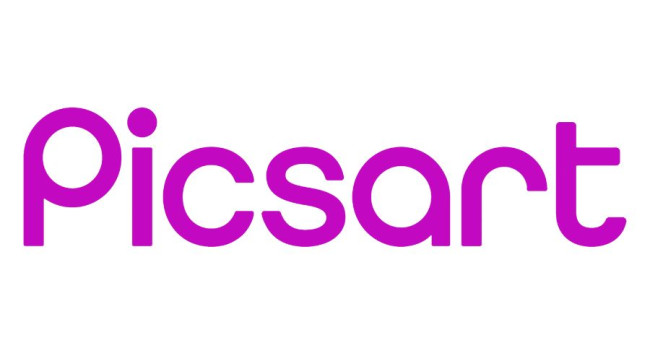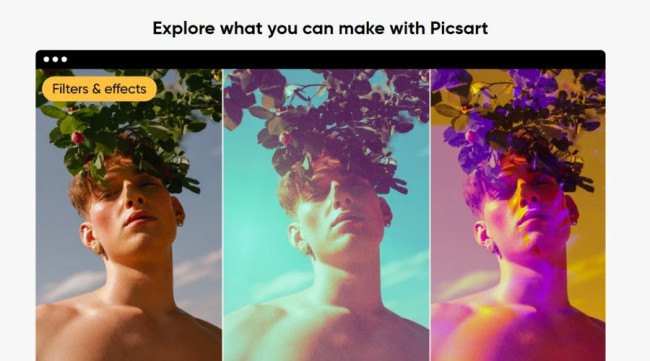
Who Is Lusine Harutyunyan
Lusine Harutyunyan is the Product Vice President of Picsart, an AI editing and design tool. She was on the founding team of Picsart when it was launched in 2011, where she started as a Senior Product Manager. Before serving as Picsart’s VP, Lumine worked as an Android software developer in Sourcio.
It's no secret that technology vastly improves our lives, but it can also create divides between those with the technical know-how to use it and those without. Luckily, with the growing accessibility offered by design tools and apps, this challenge has been made easier.
Tools like Picsart are breaking those kinds of shackles, allowing many users to produce their art and create their vision with ease.
Artificial intelligence will undoubtedly play a massive role moving forward, to the point that an "artist" in the future might be someone who can best express their vision and imagination to an AI platform and not so much their ability with a brush and canvas.
In this interview, we talk to Picsart’s Lusine Harutyunyan about her thoughts on how artificial intelligence can impact art and creativity in the future and address some of the fears and controversies surrounding AI art.
Spotlight: Today, everyone can create art regardless of their background, thanks to applications like Picsart. Can you share some insight into Picsart’s creation and the process of becoming one of the largest digital creation platforms?
Lusine Harutyunyan: Picsart was started back in 2011 - our founder and CEO Hovhannes Avoyan was inspired by his daughter, at the time a young artist, to make a place that would empower everyone to create.
Hovhannes was one of my professors at university and brought me in as a young engineer - along with a small group of mostly former students as well - to build Picsart from scratch.
It started as a simple tool to edit photos. Back then, more people were taking photos on their phones, and social apps like Instagram were just beginning. Suddenly, there was a huge demand for image editing tools that anyone could use.
Picsart was pretty much an immediate success. We grew, hired globally, and built out our powerful, fun and simple-to-use tools. Fast forward to now and we’re one of the largest creative platforms with users in nearly every country in the world.

Is there a feature that’s most popular amongst your users, which you didn’t expect would become a product highlight?
Our Replay feature is super unique and has become one of our most popular features. Replay shows the step-by-step breakdown of the editing process behind a specific image, so users can recreate it themselves, and personalize it from there as much as they want.
It's a tool that is useful whether you’re a beginner or an advanced user, and really shows the power of creative collaboration and our unique community.
Picsart is known for its accessibility, regardless of design experience. How do you create a balance between professionals and casual users?
Yes, accessibility is one of our core values. It’s what drives us and our product decisions because we truly believe that everyone can be creative with the right tools. For us, the balance lies in making features that are powerful enough to make professional content, while also being fun and accessible so that anyone can use them.
Over the years, we’ve seen our younger users grow up with us and take us to work with them. At the same time, the line between professionals and casual users is more blurred now than ever before.
The creator economy has led to the rise of millions of people who create for fun, as a hobby, and for their livelihood interchangeably. These creators—especially Gen Z—rely on tools that they can use quickly and affordably to market themselves and their products and that’s where we come in.
Picsart works with an ever-evolving AI technology — and there’s been a boom of AI-generated content recently. What is your opinion on the impact of AI in enhancing human creativity and the current concern of it replacing humans?
At Picsart we’ve been focused on AI since the beginning but we’ve seen huge strides in the industry in the past year. While I don’t want to underestimate the change that’s underway in visual creation, I also don’t think artificial intelligence will replace humans.
Instead, AI will continue to evolve into a powerful tool that serves humans and empowers more of them to be more creative in new ways.
Speaking of advancements, AI Image Generator and AI Writer are now available on iOS. How will these further enhance the user experience on Picsart, and when will they become available on all platforms?
Our AI Image Generator is available on both Android and iOS, and AI Writer is on iOS and will be rolling out on Android soon. We’re excited to offer these new technologies right in the Picsart platform.
Having them alongside all of our other powerful tools is what’s so cool for us - we’re a one stop shop where people can generate images or copy and then personalize it and bring it to life.
We’re seeing a hugely positive response already to these features - as of now, our AI Image Generator is already being used to make more than 1 million images per day.

On that note, there's an ongoing debate online about AI art, with some artists claiming that AI art is actually plagiarism. What's your take on that debate?
These are still the early days of AI art, and I think pretty much every major technological advancement - especially those centered around art and creativity - comes with some initial controversy.
Ultimately, I hope and believe that AI will empower more people to become artists by bridging the gap between technique and imagination, it will serve artists by creating new means of expression and more sources of inspiration and it will broaden what it means to be an artist itself.
With endless possibilities surrounding AI technology, what do you think will be the next big thing in the digital design and creative sector?
As these technologies continue to get better and better, we’ll see them being used in more creative industries in new and different ways. AI will make creativity more accessible to more people, and help people create faster by automating lots of painstaking, mundane tasks.
I believe generative AI will continue to advance from a novelty to a truly useful creative companion.
Thank you for your time, Lusine Harutyunyan. Best of luck to you and Picsart!
Keep up with Picsart on Instagram @Picsart and read about other successful businesses here.









